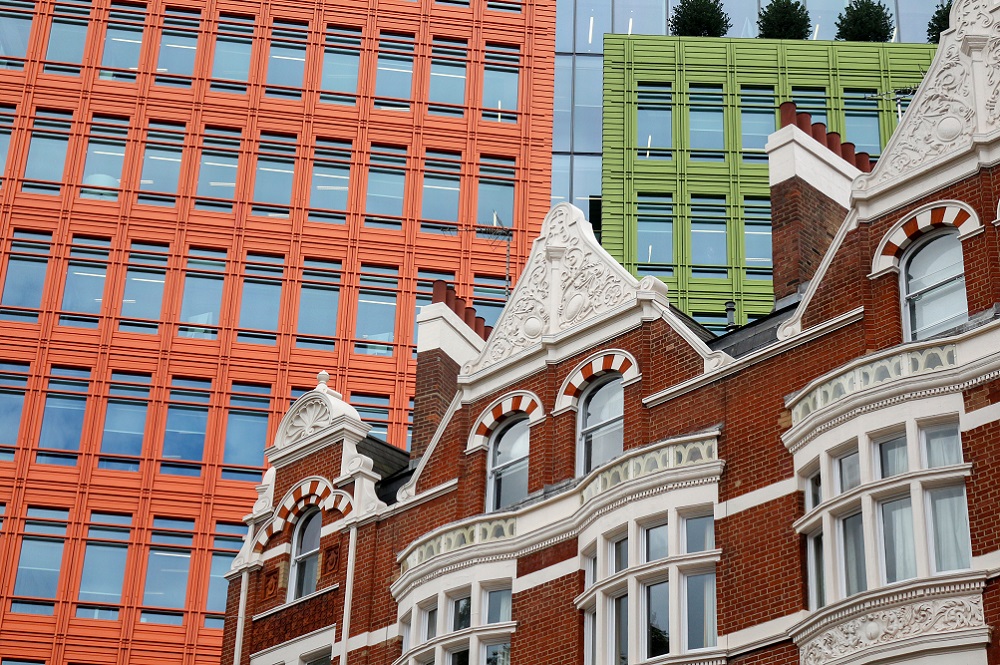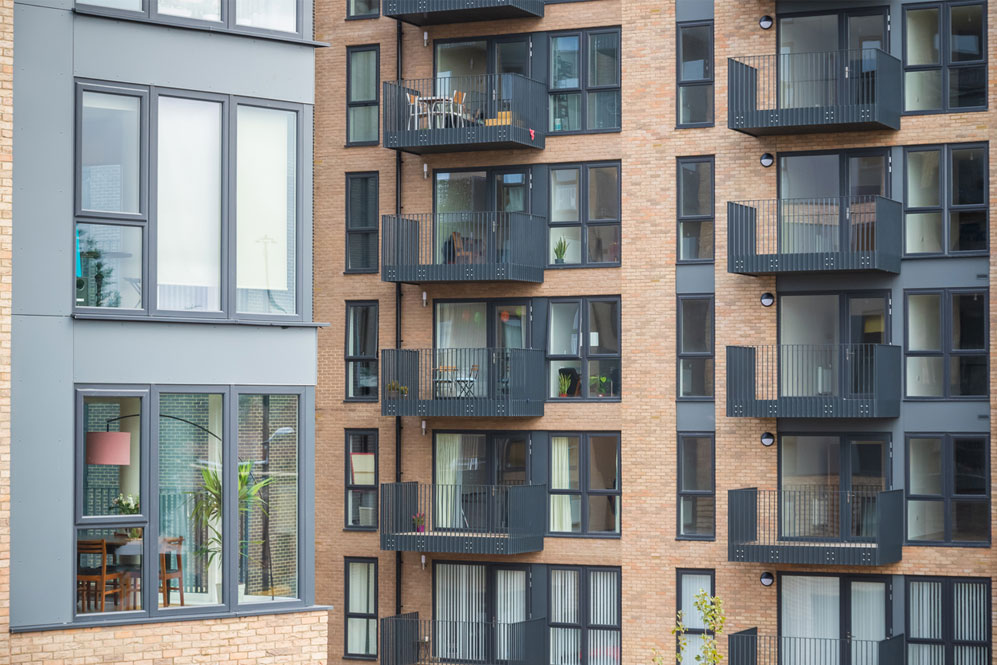
Structural Issues and Aging Buildings
According to the Building Research Establishment, it’s expected that by 2050, approximately 60 per cent of all non-domestic buildings will be at least 40 years old. Therefore, facilities managers should prepare significant funds for upgrades as structures age, but they should also be aware of common structural issues and how to prevent them to avoid costly repairs.
Structural Issues
Facilities managers need to keep a close eye on all components that make up a building’s functionality. While it may seem that structural issues only refer to the foundation and walls, the reality is that all systems within a building must be working optimally to keep the building structurally sound for the foreseeable future. Many structural issues can be attributed to the following:
- Concrete decay—Concrete decay is natural and occurs over time as buildings age. However, several issues can cause concrete to decay prematurely, including:
- Placement issues—The common signs of placement issues include cracks, air bubbles visible in the concrete, pockets of rocks, honeycombing and cold joints.
- Exposure—Buildings can suffer from exposure to the elements. Depending on location, coastal ocean salt or rock salt used in winter can increase the rate of concrete decay. Chemical deterioration can also occur as a result of acid rain due to pollution.
- Wind—Excessive exposure to wind can cause concrete to develop shrinkage cracks and erode the outer building layers.
- Freeze-thaw cycles—These cycles dampen concrete and cool it before there is time for proper drainage, causing expansion, scaling and delamination.
- Steel support corrosion—When steel corrodes, it expands to create tensile stresses in the concrete. Cracking, delamination and spalling are often a result.
Decayed concrete should be replaced in a timely fashion. Otherwise, the building could sustain severe structural defects or collapse.
- Roofing—A few factors determine a roof’s lifespan, including the type of roof, the climate and the roof’s maintenance history. If the roof is allowed to deteriorate and moisture spreads, other systems will likely fall apart soon after. Facilities managers should plan to conduct a roof inspection twice a year—once when the weather is at its hottest and once when it’s at its coldest.
- Heating, ventilation and air conditioning (HVAC) systems—Inefficient HVAC systems can be costly to operate and cause air quality issues, such as mould. Mould can lead to structural damage since it feeds on and breaks down organic matter. When mould infests in walls, insulation, paper backing or carpeting, the materials must be removed and replaced. Improper heating and cooling can also cause damage due to a lack of efficient air circulation and ventilation.
- Electrical—Hot spots can form if the electrical wiring has loose connections, corroded wires or connectors, overloaded circuits, short circuits, imbalanced electrical loading, faulty fuses, circuit breakers and switches.The excessive heat from these hot spots could start a fire, and even a small fire has the ability to cause damage that hurts the structural integrity.
- Plumbing—Poor plumbing can cause health risks and have adverse effects on a building and the environment. Leaks can lead to mould and water damage. Some of the significant plumbing issues older buildings face include inefficient fixtures, inadequate equipment and lead in the pipes, the last of which can contaminate drinking water.
Prevention
Outside of a significant disaster or event, buildings don’t typically deteriorate overnight. Thus, several preventive measures can be taken to ensure a structure’s longevity. These include:
- Hiring a good facilities manager—Facilities managers should know the building better than anyone else and act as the first line of defence by identifying any repairs that need to take place. Having a proactive facilities manager can save money and ensure buildings remain safe to occupy.
- Planning for repairs and maintenance—While setting aside a large sum of money to repair damages that haven’t happened yet may seem unnecessary, it can be beneficial in the long run when it’s time for routine maintenance or when unexpected expenses occur.
- Conducting building inspections—Inspections should be performed by qualified inspectors who have location specific expertise. Inspectors should be familiar with signs of damage due to local weather, such as areas with saltwater or snow loading. Structural engineers should assess the major structural components of the building to identify any necessary corrective actions. They should document inspections to allow for year -to year comparisons of issues, being sure to take ample photos. Inspections should occur:
- On an annual basis.
- After any significant event, such as wind storms, earthquakes or hurricanes.
- Before and after any major addition or renovation.
- Knowing local building regulations—Building regulations help maintain safe and structurally sound buildings. It’s essential to know and understand local building regulations so that all requirements are met. Some regulations in harsher environments may have additional requirements.
- Acting upon identified issues—When an issue arises, it should be dealt with swiftly. Early action can keep costs lower than if an issue is allowed to become more serious. The safety of those who live or work in the building depends on structural issues being addressed and resolved.
All buildings will need repairs and updates eventually. By being proactive, facilities managers can ensure that the structural integrity of a building and the safety of its tenants remain intact.
For more risk management guidance, contact us today.




